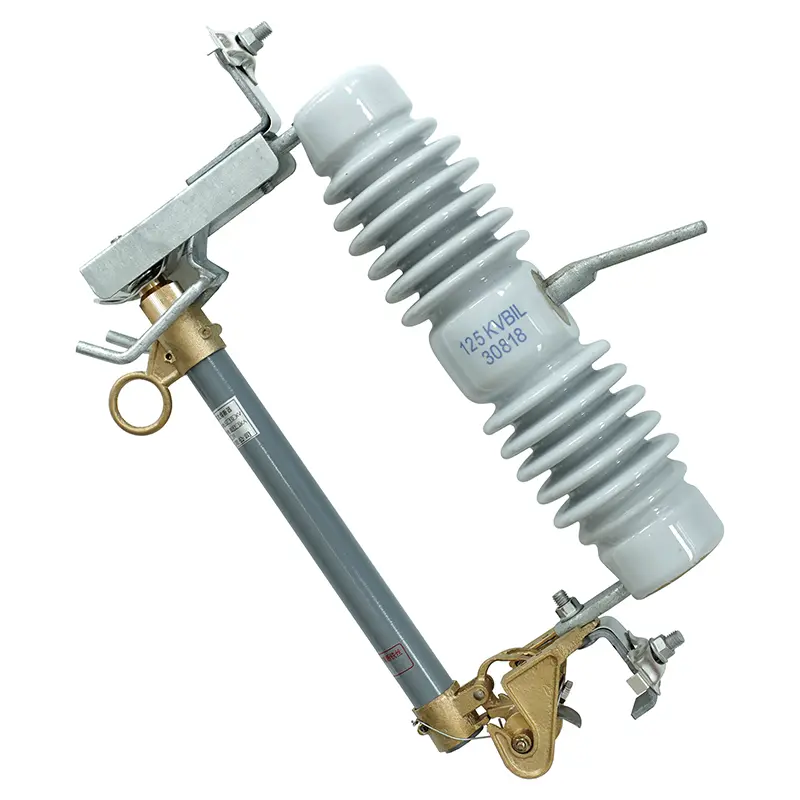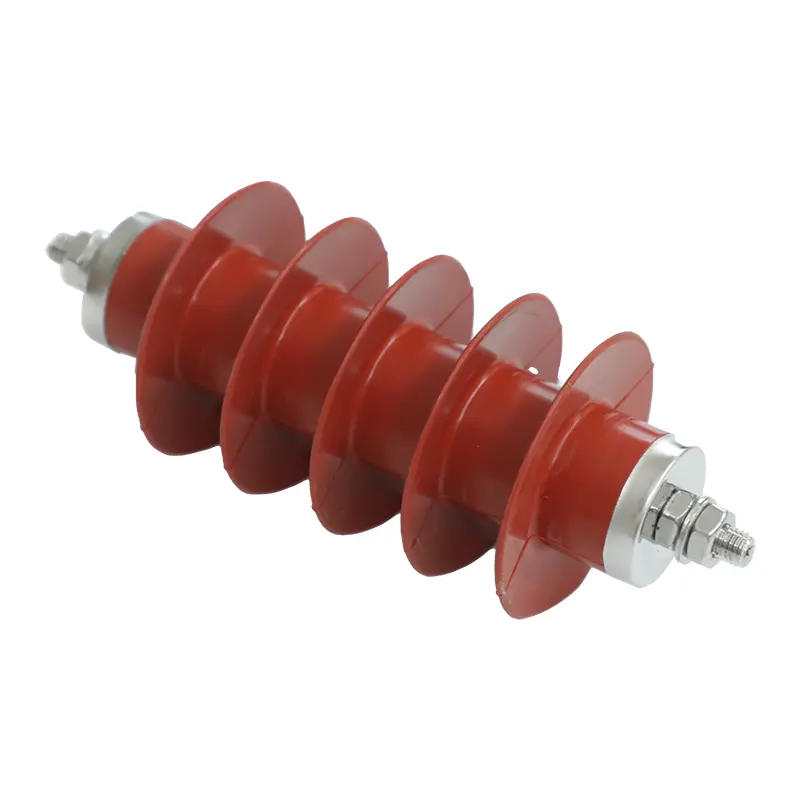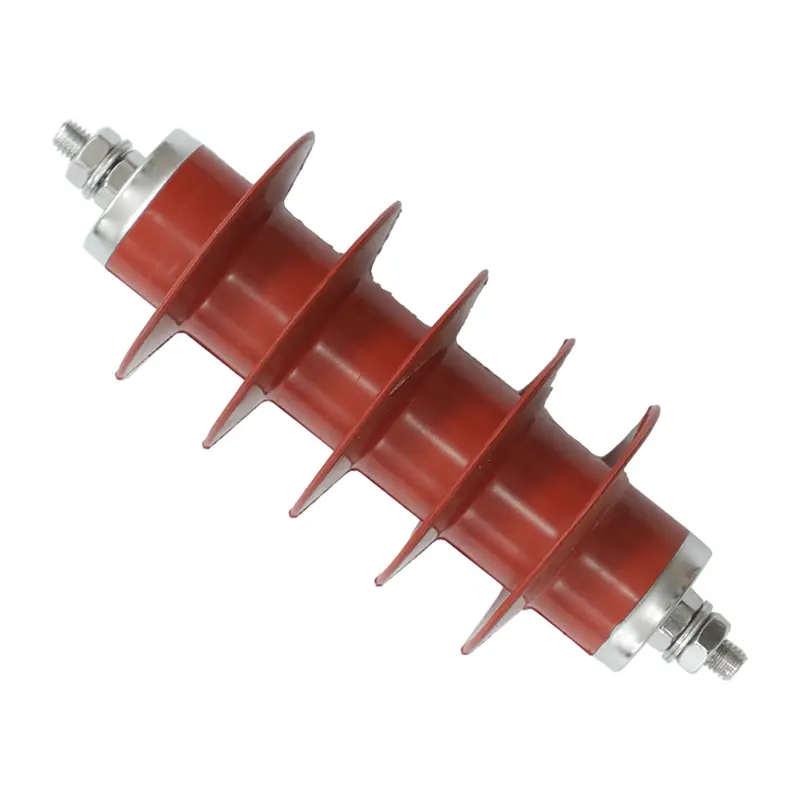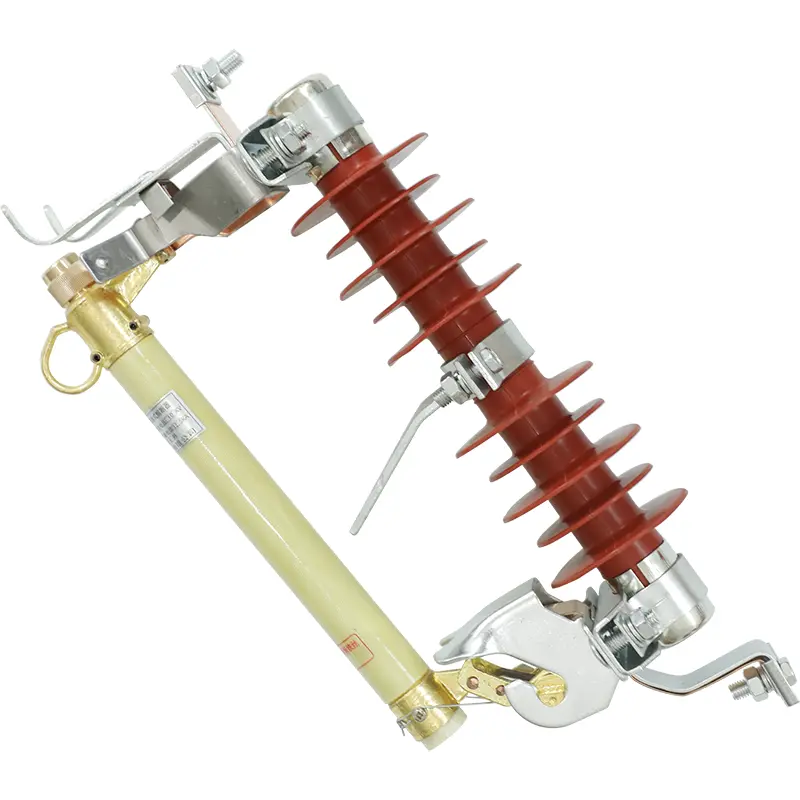It takes about 30 minutes to innstall equipment generally
- English
- Español
- Português
- русский
- Français
- 日本語
- Deutsch
- tiếng Việt
- Italiano
- Nederlands
- ภาษาไทย
- Polski
- 한국어
- Svenska
- magyar
- Malay
- বাংলা ভাষার
- Dansk
- Suomi
- हिन्दी
- Pilipino
- Türkçe
- Gaeilge
- العربية
- Indonesia
- Norsk
- تمل
- český
- ελληνικά
- український
- Javanese
- فارسی
- தமிழ்
- తెలుగు
- नेपाली
- Burmese
- български
- ລາວ
- Latine
- Қазақша
- Euskal
- Azərbaycan
- Slovenský jazyk
- Македонски
- Lietuvos
- Eesti Keel
- Română
- Slovenski
- मराठी
- Srpski језик
Cut Out Fuse
Send Inquiry
SanGao durable Cut out fuses are an important component of our power distribution system, helping to protect sensitive and expensive equipment and keep them safe during power outages. Cut out Fuse and Open About are integrated. This device can disconnect the transformer from the power line in emergency situations. It consists of a fusible metal strip supported by an insulator between two terminal clamps. As a fault protection device, its working principle is simple and easy to install.
Usage conditions:
1. The ambient temperature is within the range of -40 ℃ to+40 ℃;
2. The altitude shall not exceed 1000 meters; (Adjustments are required for distances exceeding 1000 meters).
3. The frequency of the AC power supply shall not exceed 100Hz;
4. The mechanical load shall not exceed the rated value.
characteristic:
-Small size, light weight, easy to transport and install; -Superior performance, high mechanical strength, and improved reliability of power lines; -Excellent hydrophobicity and stain resistance; -Long term resistance to aging and leakage marks.
Fuse holder, polymer fuse
Large lifting ring bolt connector
Fuse connection current range: 1A to 100A
Creepage and leakage distance: 12.6 inches (319 millimeters)
Cut out Fuse helps protect the power distribution system of Public Power Bureaus (PUDs) by providing a simple and easy to replace fault protection device that prevents more expensive equipment from being damaged due to overcurrent.
When objects such as tree branches come into contact with distribution lines and cause faults by coming into contact with other lines or the ground, overcurrent occurs. In an overcurrent event, the fuse will gradually weaken until it melts, thereby cutting off the current. The result is a partial power outage (hopefully), and then nearby sensitive (and expensive) equipment will be damaged, or before upstream protection devices are activated and the problem evolves into a community power outage.
Cut out fuses are typically installed on utility poles, and their rated power can withstand various voltage and current levels within the public area (PUD) service area.
Cut out Fuse consists of an insulator and top and bottom terminals. The top terminal is connected to the input "hot" main distribution line, and the bottom terminal is connected to the transformer. The main body of a fuse is usually made of ceramic or polymer material, which helps prevent electric arcs. It is equipped with a metal wire of a specific size inside, called a "fuse link". When overcurrent occurs, the fuse will melt, which is a replaceable part of the fuse. The top and bottom of the fuse body are covered with metal cover plates.
When a faulty branch fails, the current will cause the fuse "gate" to open. In most cases, the results are terrible... the fuse just rotates downwards and remains half open, immediately sending a fault signal to the line workers.
Sometimes, the fuse will melt, emitting dazzling flashes and sounds similar to gunshots or car backfires. Some circuit breakers are equipped with arc shields to help suppress potential sparks or arcs. Some fuses do not detach from the terminals, causing the cover to melt into place. In each case, the PUD system will detect a power outage and the line staff will immediately rush to the scene.
After finding the damaged fuse, the circuit worker will use a device called a "live stick" to reach out and remove the damaged fuse. Most fuses can be reused by replacing internal metal components. The rated voltage of the electrified rod is higher, and a new fuse can be fixed and placed in the circuit breaker. Once the circuit is cleaned and deemed safe, the circuit worker can quickly rotate the fuse upwards to the upper terminal to close it. The upper terminal is equipped with a spring, which helps to secure the fuse in place.
FAQ
-
QHow many days you need to install the equipment?
-
QCan the equipment be installed under hot weather?
The installation environment for outdoor switches is around 40 degrees Celsius
-
QCan Your products be installed under the cold weather?
The installation environment for outdoor switches is around minus 35 degrees Celsius.
-
QCan I only buy some spare parts from you?
Yes,the MOQ is 50 units.
-
QWill you will attend the fair to show your products?
Yes,we will provide advance notice on our official website
-
QHow long it takes you to provide the designing options for us?
It depend on the complexity of the project.
-
QHow do you pack the equipment?
We use export-compliant wooden crates to pack the equipment
-
QCan you can design the equipment according to our size?
Yes,we will meet customer's requirments ASAP.
-
QDo you have any real project pictures of the equipment?
Yes,we uploaded in About US and also we will send you when you need.
-
QDo you have detailed and professional installation manual?
Yes,we will send them when customers need.
-
QIf OEM is acceptable?
We can offer OEM and ODM service.
-
QWhat is your term of payment?
Delivery upon receipt of payment.
-
QAre you a trading company or a manufacturer?
Yes,we are the professional manufacturer with 30years
-
QHow long is your delivery time?
Lead time depends on order quantity.Usually in 3-5days before shipping.









